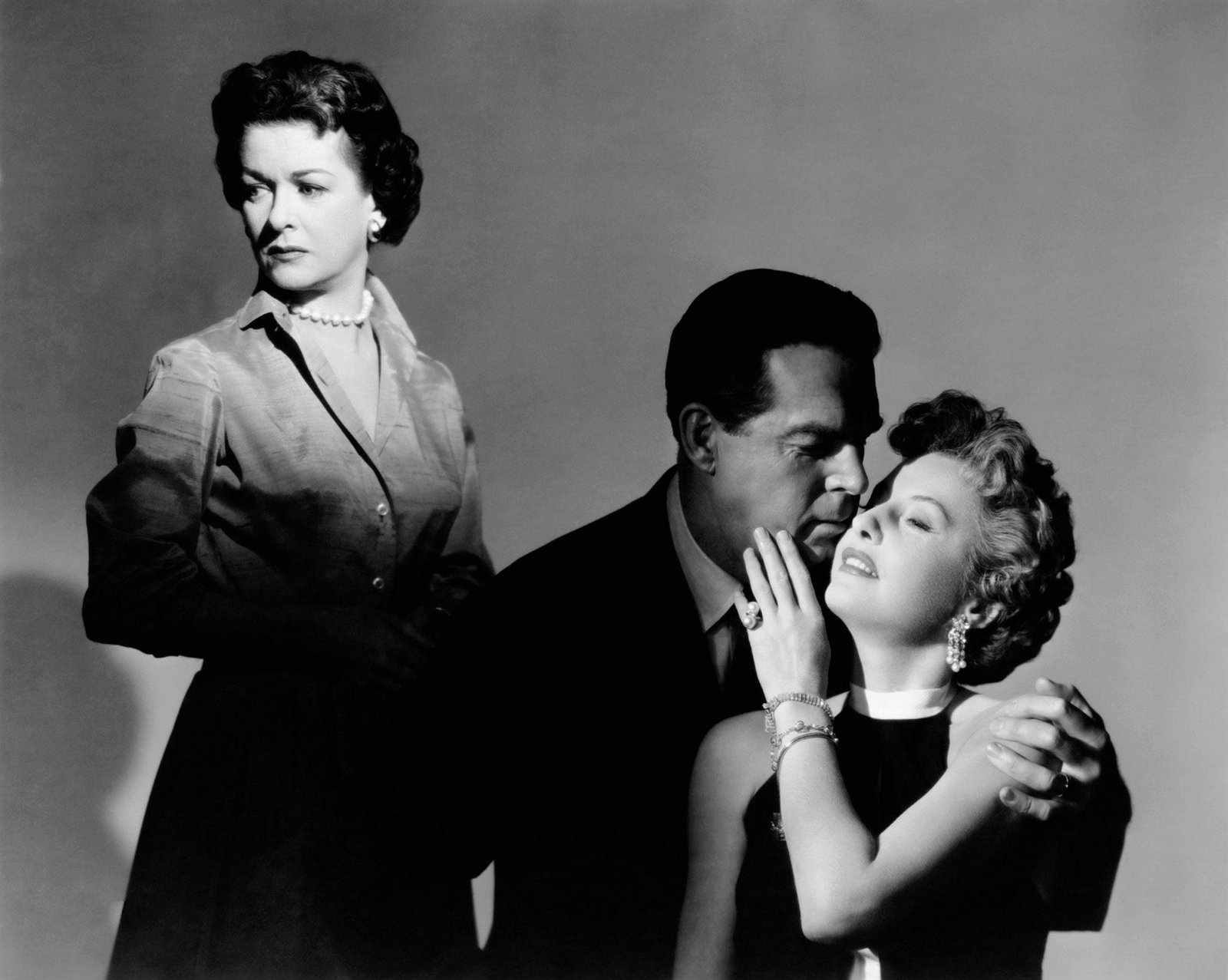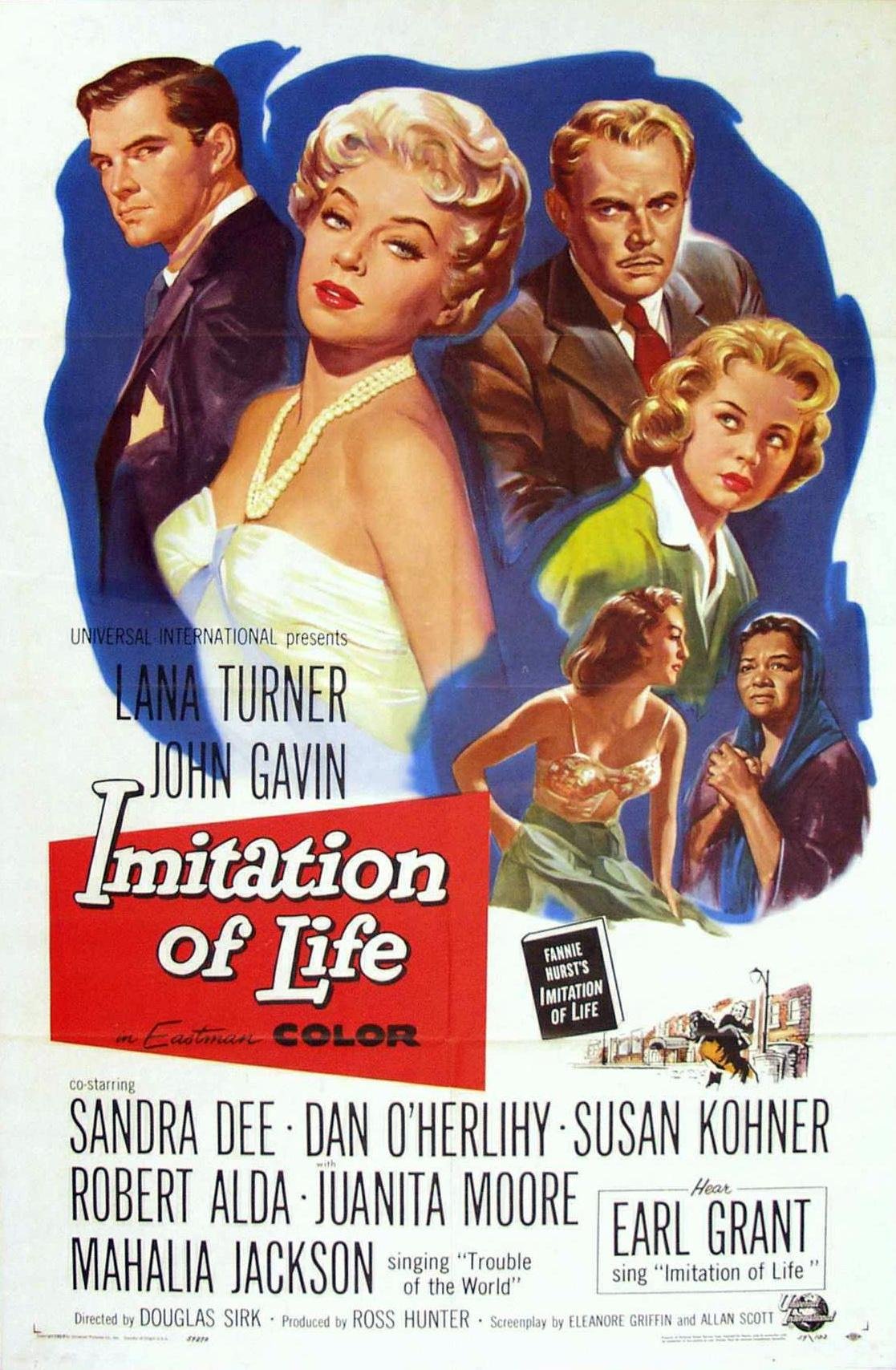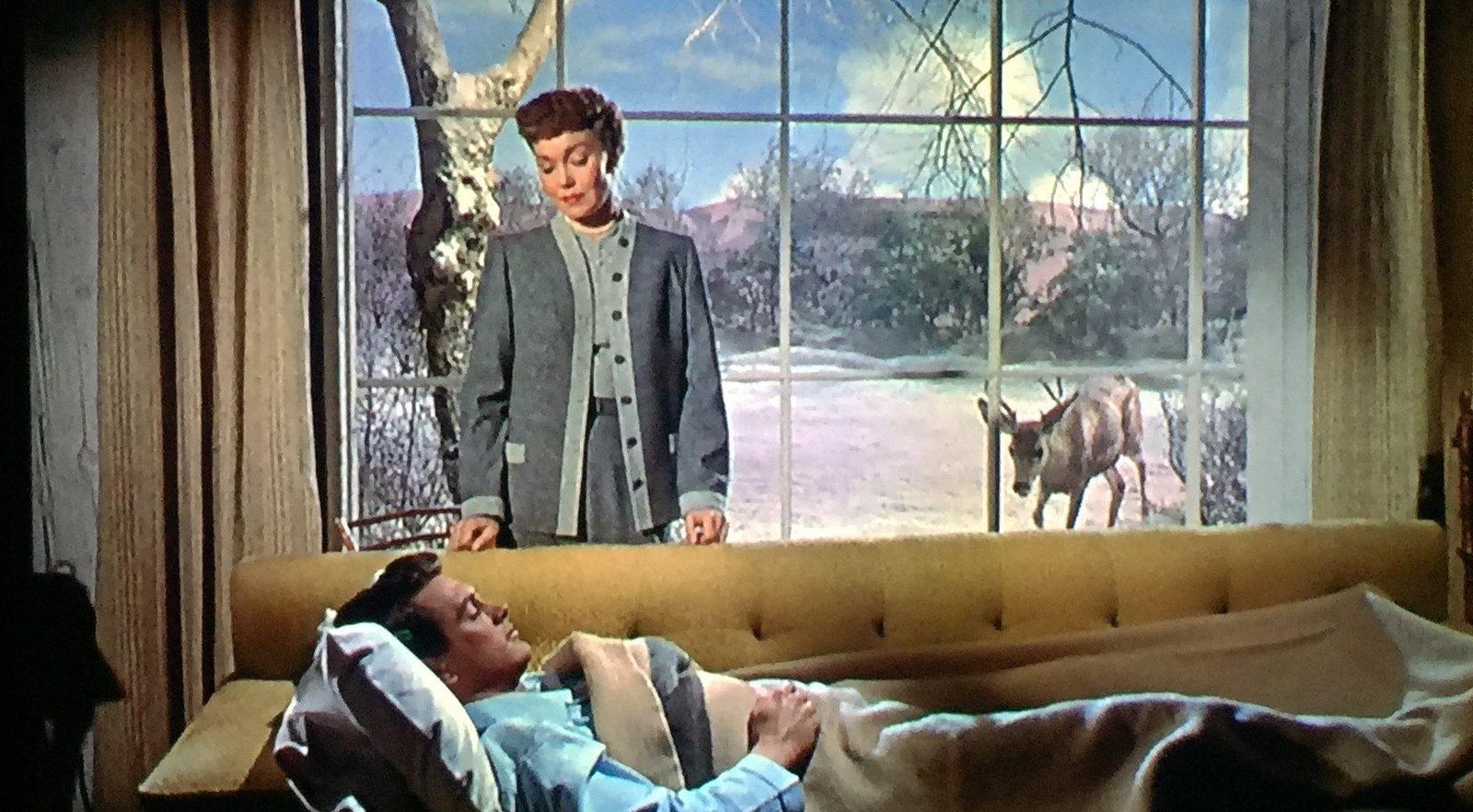Rediscovering the Master of Melodrama: A Spotlight on Douglas Sirk’s Classic Films
Prepare to step back in time and discover the works of one of film history’s greatest directors, Douglas Sirk. Sirk was a master of melodrama, and his classic films have stood the test of time, leaving an indelible mark on cinema. From “All That Heaven Allows” to “Written on the Wind,” Sirk’s films explored complex themes and emotions in a way that captivated audiences and critics alike. In this article, we’ll take a closer look at Sirk’s greatest works and explore why they continue to resonate with viewers decades after their release.
Prepare to step back in time and discover the works of one of film history’s greatest directors, Douglas Sirk. Sirk was a master of melodrama, and his classic films have stood the test of time, leaving an indelible mark on cinema. From “All That Heaven Allows” to “Written on the Wind,” Sirk’s films explored complex themes and emotions in a way that captivated audiences and critics alike. In this article, we’ll take a closer look at Sirk’s greatest works and explore why they continue to resonate with viewers decades after their release.

Introduction to Douglas Sirk and his classic films
If you are a fan of classic cinema, you definitely know the name Douglas Sirk. This German-American director made a name for himself in the 1950s with his masterful melodramas. Sirk’s films often dealt with themes of love, family, and societal expectations, and he had a knack for creating emotionally compelling stories that still resonate today. His movies were visually stunning, with bold colors and striking imagery that added to the impact of the stories he told. If you haven’t yet had the pleasure of seeing a Douglas Sirk film, you’re in for a real treat!
The themes and motifs prevalent in Sirk’s films
Douglas Sirk’s classic films are known for their melodramatic themes and motifs. His movies often explored the complexities of human emotions and relationships, with a focus on the struggles of women in a patriarchal society. Sirk’s films also frequently featured a critique of American society and its materialistic values. The use of color and lighting in his films was often symbolic of the emotions and themes being explored. Overall, the themes and motifs prevalent in Sirk’s films continue to captivate audiences and inspire filmmakers today.
Sirk’s use of color and lighting to convey mood and emotion
Douglas Sirk is renowned for his masterful use of color and lighting to convey mood and emotion in his classic films. In his melodramas, such as “All That Heaven Allows” and “Written on the Wind”, Sirk employs rich hues and contrasts to accentuate the intense feelings of his characters. The use of warm tones, such as reds and oranges, often symbolizes passion and desire, while blues and greens are used to evoke melancholy and sadness. Sirk’s use of lighting is equally effective, with shadows and silhouettes often employed to create a sense of mystery and tension. Overall, Sirk’s use of color and lighting plays a crucial role in capturing the emotional essence of his films and remains a defining characteristic of his style.

The influence of melodrama in Sirk’s films
Douglas Sirk’s classic films were heavily influenced by melodrama, a genre characterized by exaggerated emotions, complex plot twists, and stock characters. Sirk’s films, such as “All That Heaven Allows” and “Written on the Wind”, often feature wealthy characters facing emotional turmoil as they struggle to navigate societal expectations and personal desires. These films utilize dramatic music, high-stakes scenarios, and exaggerated performances to heighten the emotional impact on the audience. Sirk’s use of the melodrama genre allowed him to explore complex themes in a way that resonated with audiences and cemented his status as one of the most influential directors of his time.
The casting and performances in Sirk’s films
The casting and performances in Sirk’s films are often praised for their depth and authenticity. Sirk had a keen eye for talent and was known for his ability to bring out the best in his actors. From the tortured leading men to the strong-willed heroines, Sirk’s films were filled with nuanced performances that captured the complexities of human emotion. One of his most famous collaborations was with actor Rock Hudson, who starred in several of Sirk’s films and became a household name as a result. Sirk’s attention to detail and dedication to creating realistic and compelling characters has made his films classics that continue to be studied and celebrated today.
The critical reception of Sirk’s films upon release
Upon release, Douglas Sirk’s films were not always well-received by critics. Many dismissed them as melodramatic and shallow, failing to see the deeper social commentary and critique of American society that Sirk was making. However, over time, Sirk’s films have gained a cult following and are now viewed as classics of the melodrama genre. Sirk’s use of vibrant colors, stylized sets, and exaggerated emotions have come to be appreciated as intentional choices that add to the overall impact of his films. Today, Sirk is considered a master of the genre, and his films continue to be studied and celebrated by cinephiles and scholars alike.

Sirk’s impact on the Hollywood industry and his enduring legacy
Douglas Sirk was an outstanding filmmaker whose impact on the Hollywood industry is undeniable. He directed a series of classic melodramas in the 1950s that were overlooked by contemporary critics but later recognized as masterpieces of the genre. Sirk’s films were characterized by their vivid colors, lush landscapes, and intricate plots that often dealt with themes of love, family, and social class. His enduring legacy lies in the influence he had on subsequent filmmakers, such as Rainer Werner Fassbinder, who admired and emulated his style. Sirk’s films continue to captivate audiences and provide valuable insight into the cultural and social context of Hollywood during the 1950s.
The socio-cultural context of Sirk’s films and their relevance today
The films of Douglas Sirk, particularly his melodramas of the 1950s, were heavily influenced by the socio-cultural context of their time. Sirk’s films often dealt with themes of social inequality, individualism, and conformity, as well as critiques of the American dream and consumer culture. His films were also known for their complex and nuanced female characters, who often challenged traditional gender roles. Today, Sirk’s films remain relevant as they continue to explore issues of social justice, identity, and the complexities of human relationships, making them timeless classics of cinema.
Analysis of specific films in Sirk’s filmography
When it comes to analyzing the specific films in Douglas Sirk’s filmography, one cannot help but notice the recurring themes of love, deception, and societal expectations. From All That Heaven Allows to Written on the Wind, Sirk masterfully portrays the struggles of his characters through intricate cinematography and vivid color schemes. His films often challenge the gender roles and social norms prevalent in 1950s America, providing a unique perspective on the cultural values of the time. By delving deeper into the themes and motifs present in Sirk’s classic films, one gains a greater appreciation for the artistry and complexity of his work.
Conclusion and final thoughts on Douglas Sirk’s contribution to cinema
In conclusion, Douglas Sirk’s contribution to cinema is undeniable. His classic films have left an indelible mark on the industry and continue to inspire filmmakers today. Sirk had a unique ability to infuse his melodramas with social commentary, resulting in films that were both entertaining and thought-provoking. His use of color and lighting techniques created a distinctive visual style that is still recognizable today. Sirk’s influence can be seen in the works of directors ranging from Todd Haynes to Pedro Almodovar. His films may have been dismissed as mere melodramas during their initial release, but they have since been reevaluated as masterpieces of the genre. Sirk’s legacy will continue to inspire and entertain future generations of cinema lovers.
For more information about Douglas Sirk classic films, including movie details, cast information, etc..
check out the filmaffinity page.



